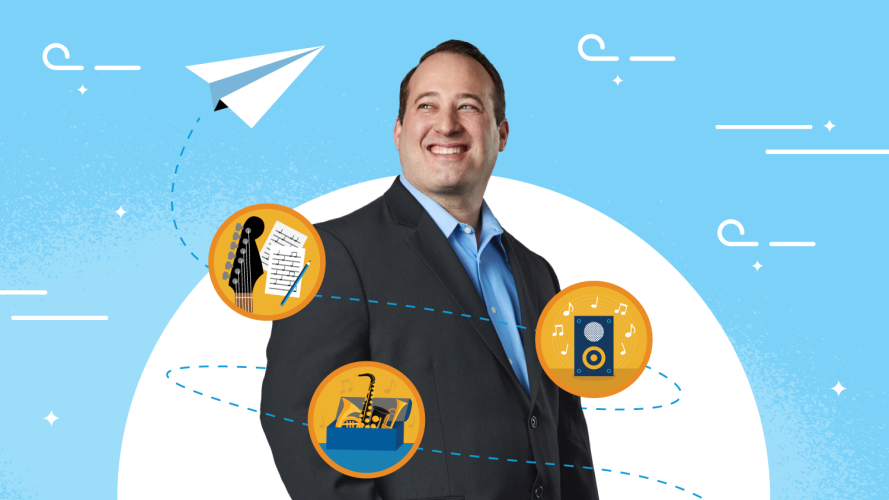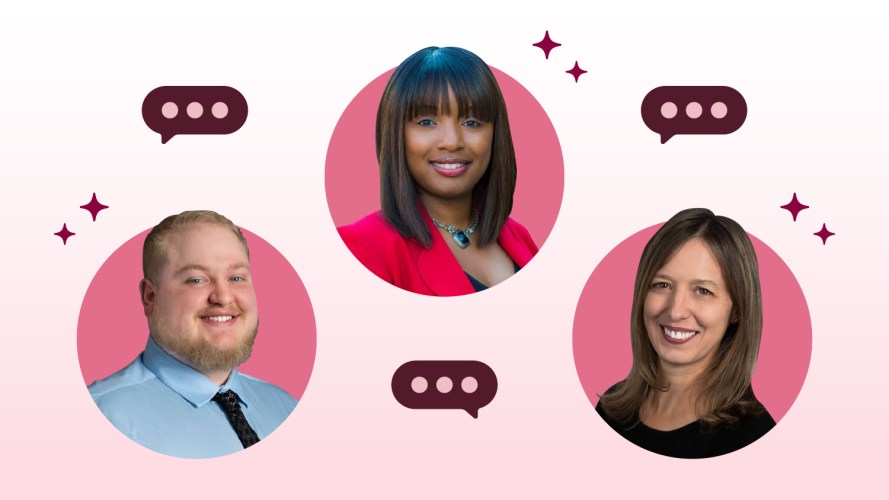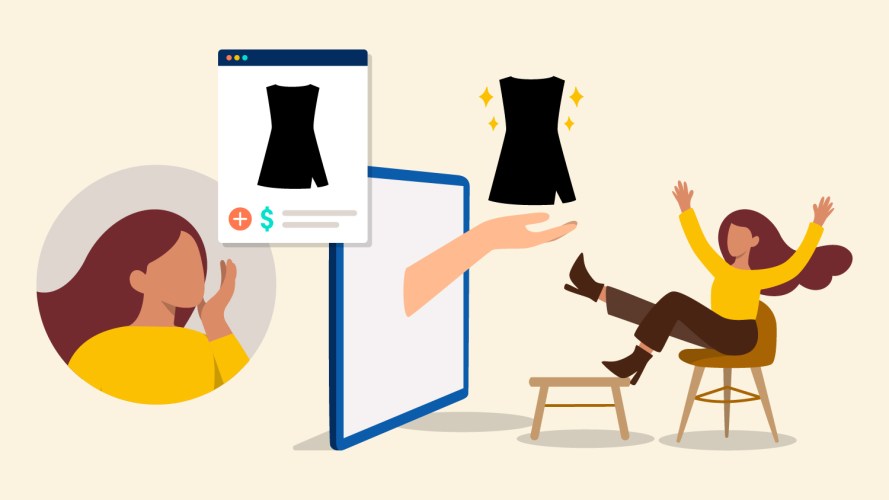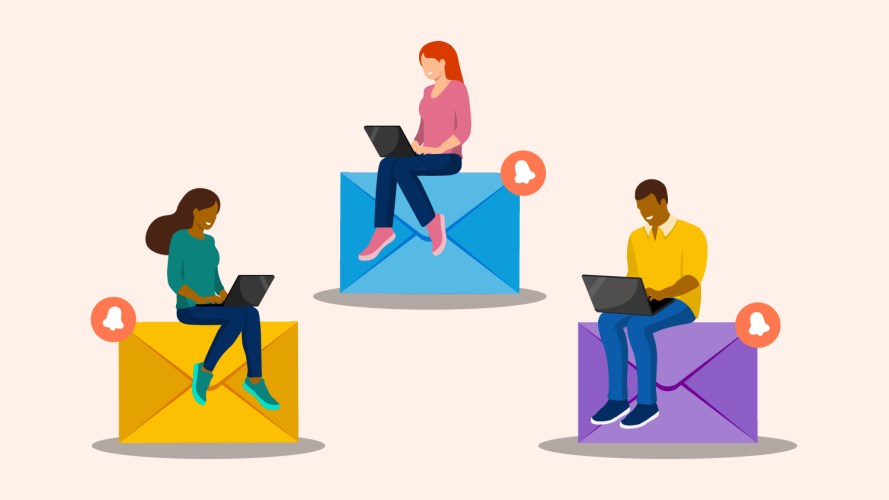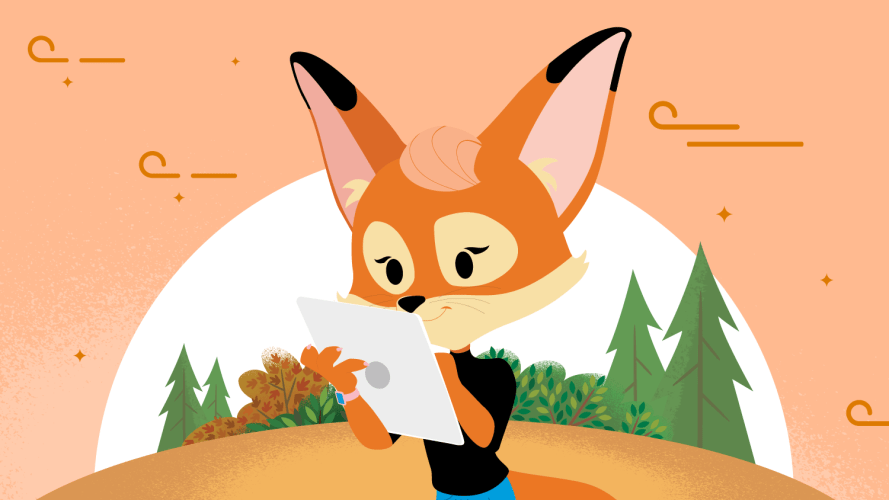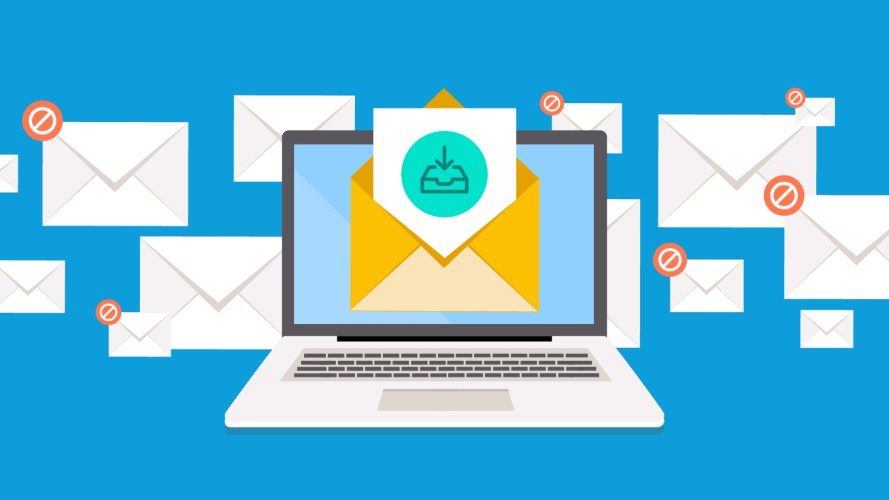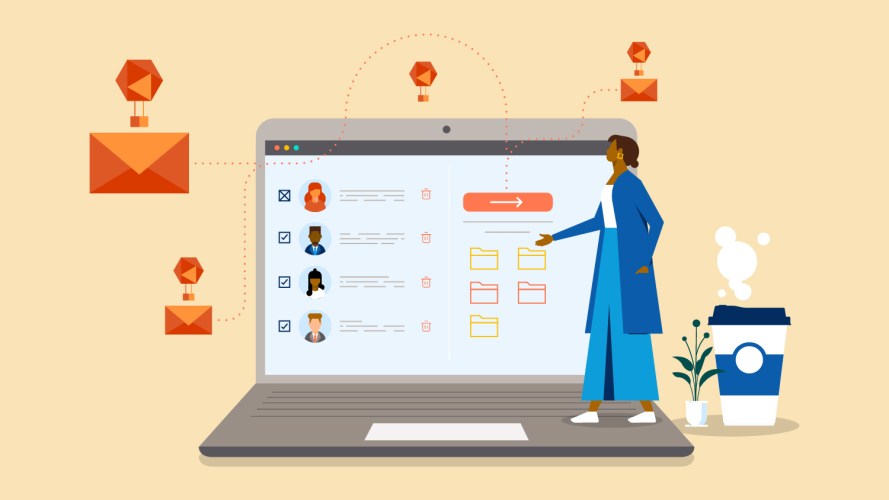3 Marketing Email Best Practices That Work Every Time
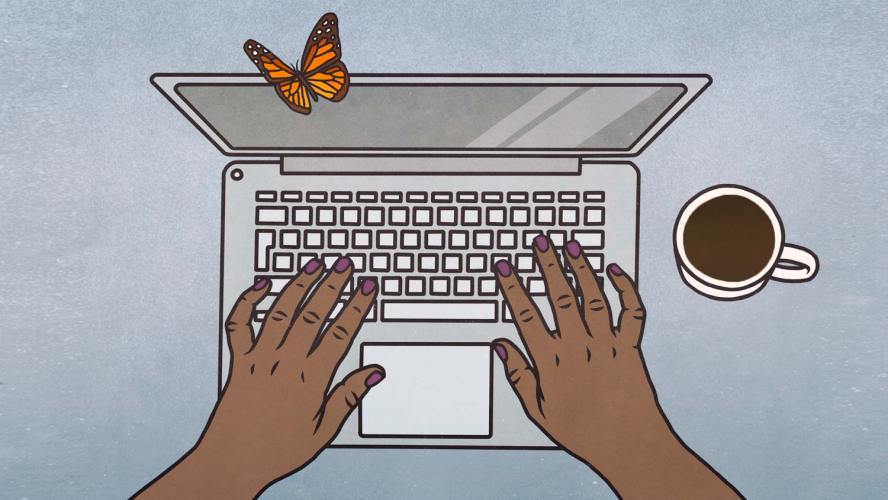


Welcome emails, abandoned cart and abandoned browse emails, and post-purchase emails present unturned opportunities for engagement and commerce. Are you sending the right message?

Rachel Boyles
When it comes to email strategy and outreach, you can’t afford to be left behind. Marketers develop email best practices and personalized email campaigns that create a rich, holistic customer experience. You know email campaigns should follow the flow of the customer journey. But in my industry experience, I’ve found that too many marketers leave opportunities on the table.
Take a high-level look at your email strategy. Are your campaigns following your customer’s journey? For more clicks, more engagement, and more personalized contact with your brand, these are the three tried-and-true campaigns that every marketer should run.
Dive deep into customer onboarding and adoption
When a new customer chooses your brand – what’s your next move? From the Master Your Marketing webinar miniseries, get expert advice to help you grow.



Welcome email best practices
A welcome email campaign has 3X the conversion rate of a typical email. Take advantage of your customer’s attention and ask for what you want them to do next.
A welcome email helps marketers establish a relationship with a new customer. It’s your organization’s chance to introduce your brand’s voice and lead the customer to their next action, whether it’s browsing products or sharing their preferences. In addition, subscribers who open welcome emails are 33% more likely to engage with your brand long-term.
Since the output is low and the results can be huge, a welcome email for new customers and prospects is a good idea to build your customer relationship. Here are a few best practices to follow:
- Automate the first welcome email to send immediately after they’ve subscribed.
- Tailor your messaging based on the acquisition source, whether they signed up on your website, in the store, or through a social media campaign. Show them you know them and that you’ll share relevant content.
- The CTA in the first email you send them should focus on the most high-value action you’d like them to take.
- A series of welcome emails gives you a unique opportunity to educate your subscriber, but don’t overwhelm them with too much, too soon. Plan out a series of two to three welcoming emails (or more depending on your product and industry). Messaging should progress based on the steps to becoming a loyal customer.
- To build a more informed relationship that incorporates your subscriber’s preferences, use interactive forms to collect their information. This way, you can build your relationship naturally and reduce their friction of interacting with your brand.
- Use dynamic content to connect what you know about a customer to content that matches their interests. For example, if you know your subscriber likes running, show them images and content around their favorite subject.
Abandoned cart and abandoned browse email best practices
Abandoned cart emails alert the 69% of customers who have added products to their cart but fail to check out. Luckily, 10% of abandoned cart email follow-ups are clicked and lead to purchase. What makes for an effective, well-crafted abandoned cart email? It should accomplish two tasks: Remind the customer about the products that they left behind, and create a sense of urgency to get them to come back for it as soon as possible.
While abandoned cart emails are fairly commonplace, abandoned browse emails are not in use as frequently. This is a detriment to every brand not using them. If you can track that your shopper is browsing several items in one category, viewing a product page for a period of time, or returning to look at the same item repeatedly, an email nudge to remind them of what they saw can often prove effective.
When you schedule your abandoned browse email campaign, use these best practices for success:
- Highlight the product they left behind and create a sense of urgency.
- Let the subscriber continue the browsing experience in-email with personalized recommendations.
- Lean on automation and artificial intelligence (AI) to provide product recommendations similar to what they’re browsing.
- Send a couple of emails over a few days as a reminder.
- Test both the initial send time and the time in-between touchpoints to find the sweet spot for your shoppers.
Post-purchase email best practices
Post-purchase emails allow marketers to deepen their relationship with customers – and give them a reason to come back. Remember that existing customers are 9X more likely to convert compared to new customers, and new customers are expensive. You’ll want to do all that you can to continue the conversation with customers after purchase. Once the order has been confirmed, here are a few keen opportunities to stay in touch:
- Show your gratitude. A simple email of thanks can go a long way.
- Ask for their opinion. Use a post-purchase email to let your subscriber review or rate their purchase. Better yet, use an interactive form to make the submission a breeze.
- Upsell them on similar products or those that will enhance their purchase. If they bought the shoes, remind them of the matching belt and hat. Use AI to include subscriber-specific product recommendations automatically.
- Educate them on their purchase to ensure that subscribers get the most out of their new toy. Provide helpful how-to’s and product care information as needed.
What’s next? You and your team should examine your email engagement strategy and decide where, when, and how you can dig in a little deeper. Email best practices mean taking the right step forward, but you don’t have to take on everything at once. A dynamic and always-on email engine ensures the right message reaches the right person at the right time.
Learn to master your email campaigns
Get our free 19-page guide, 5 Blueprints for Creating Email Moments.



